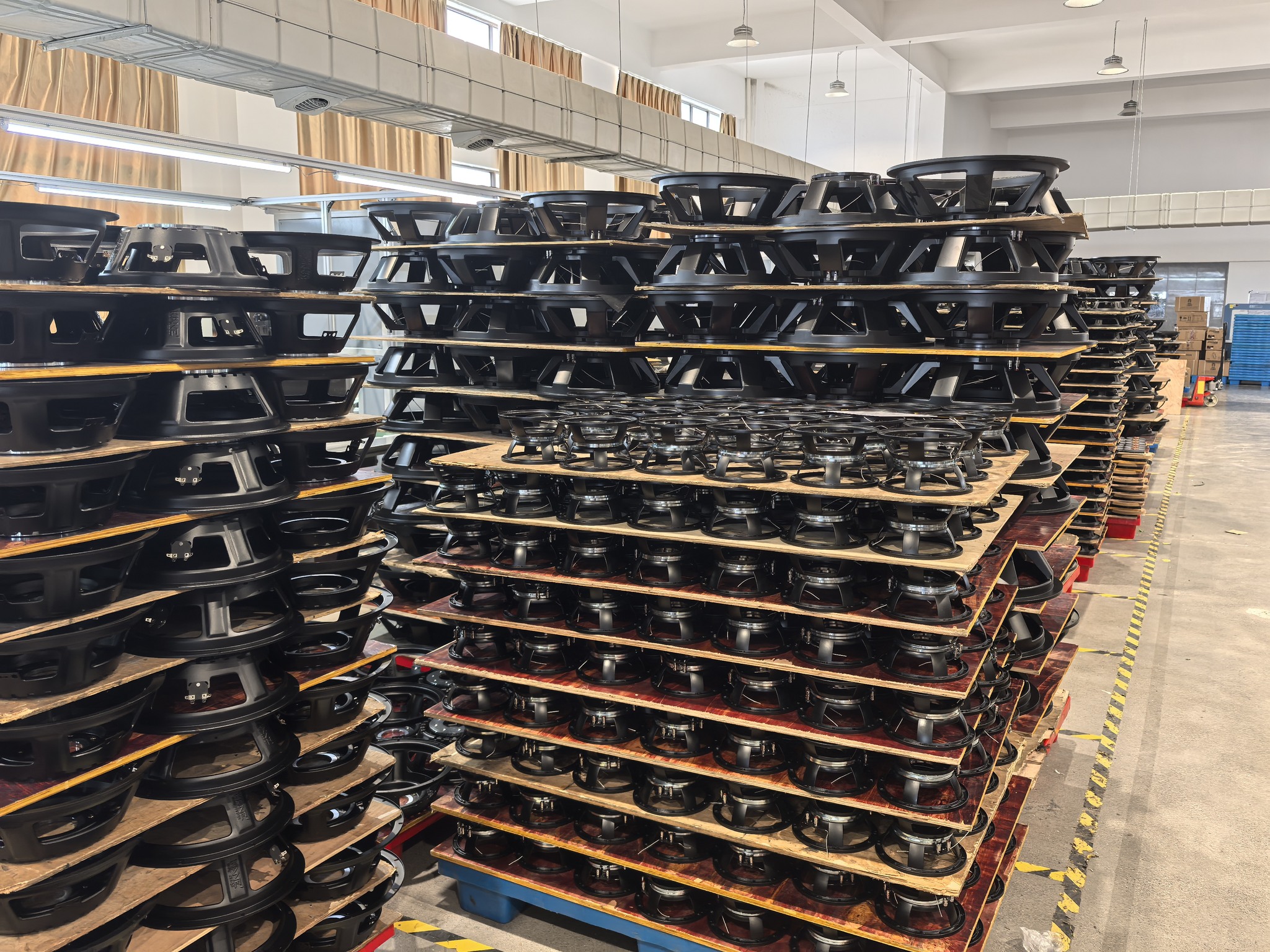
Audio classification
Home audio: low sound pressure level, and can accommodate a small number of listeners.
Car audio: low sound pressure level, fixed space, fixed listener position, and small number of listeners.
Professional audio: high sound pressure level, different usage requirements, uncertain installation location, uncertain quantity, large changes in playback content, and a large number of listeners.
Broadcasting sound: The sound is medium, only meets the needs of language and background music amplification, the sound quality requirements are not high, and the coverage area is large.
Choose according to the usage scenario and required functions. Next, let’s focus on professional audio systems

Professional sound system
The sound system refers to the use of a microphone to convert the sound wave signal of the original sound field sound into an electrical signal, and then process the electrical signal through some electronic equipment according to certain requirements, and finally use a speaker to convert the electrical signal into a sound wave signal for playback. The entire structure from the microphone to the speaker is the sound system.
Components of professional audio system:
1. Sound source part provides audio signal source, such as microphone, DVD, MP3, mobile phone, computer
2. Pre-amplifier part adjusts and controls the sound, such as mixer, media, matrix
3. Processing part performs various sound processing, such as compression, frequency division, equalization, etc.
4. Peripheral part provides power supply and simple processing for equipment, such as power sequencer, audio isolator, etc.
5. Amplifier part amplifies the sound level power, such as power amplifier
6. Restoration part plays back and restores the sound, such as speakers
Sound box
The speaker is the terminal of the entire speaker system, which can transform the audio signal into sound and radiate it into the space.
The components of the speaker: speaker unit, cabinet, crossover, and grille.
The cabinet materials generally include plywood (logs are peeled into veneers or wood boards are sliced into thin wood, and then glued together to form boards. Lightweight, high strength, not easy to deform and crack, effectively reducing resonance and echo, making the sound quality full and pure.), medium-density fiberboard (wood fiber or other plant fiber is used as raw material, after crushing, fiber separation, drying, adhesive is applied, and then hot-pressed to make a board.
The most cost-effective material, cannot be affected by moisture and is easy to expand.), metal (it requires professional molds and mechanical equipment, the forming process is relatively slow, for metal speakers, the production process is complicated and the cost is high.), plastic (most portable speakers are made of plastic material, because they are highly plastic, light in weight, and easy to carry. Disadvantages: easy to resonate, so the sound quality is not as good as wooden speakers.)
